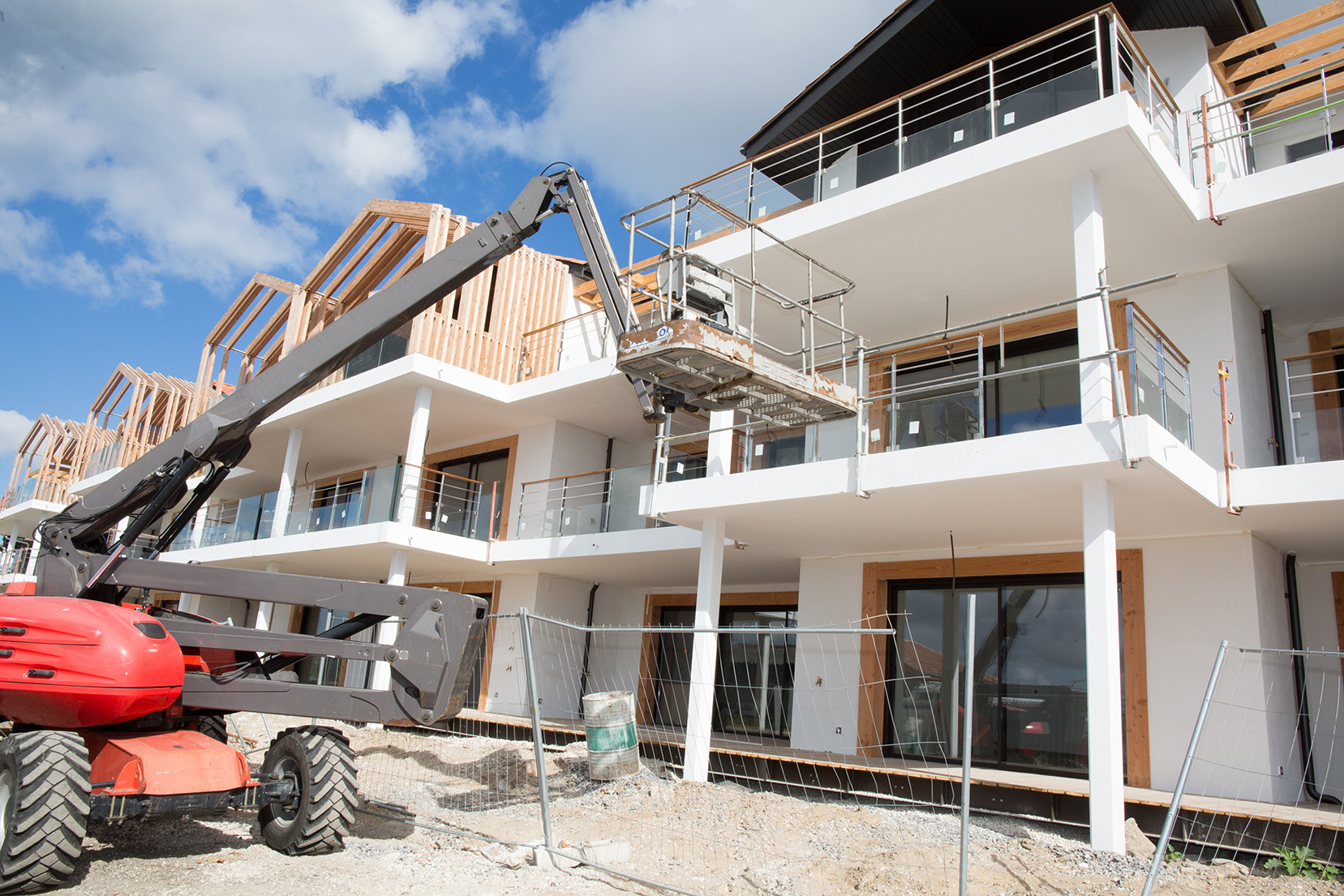Managing multi-site construction projects in the commercial, industrial, and multifamily sectors presents unique challenges and opportunities for construction professionals. With multiple locations, diverse teams, and varying local regulations, these projects require a strategic approach to ensure success.
This article explores key strategies for effectively managing multi-site construction projects across these sectors.
1. Centralized Project Management
Implementing a centralized project management system is crucial for maintaining oversight and consistency across multiple sites. This approach involves:
- Establishing a core project management team to oversee all sites
- Utilizing cloud-based project management software for real-time updates and communication
- Standardizing reporting and documentation processes across all locations
2. Local Team Empowerment
While centralized management is important, empowering local teams is equally crucial. This can be achieved by:
- Appointing site-specific project managers with decision-making authority
- Providing comprehensive training on company standards and project goals
- Encouraging regular communication between local teams and the central management
3. Standardization with Flexibility
Develop standardized processes that can be adapted to local conditions:
- Create a core set of best practices and procedures applicable to all sites
- Allow for flexibility to accommodate local regulations and site-specific challenges
- Regularly review and update standards based on feedback from various sites

4. Supply Chain Management
Efficient supply chain management is critical in multi-site projects:
- Negotiate bulk contracts with suppliers for cost savings
- Develop relationships with local suppliers for site-specific needs
- Implement a robust inventory management system across all sites – consider Automatic Storage Retrieval Systems (ASRS) that incorporate AI
5. Technology Integration
Leverage technology to streamline operations:
- Implement Building Information Modeling (BIM) for better coordination
- Use drones for site surveys and progress monitoring
- Adopt IoT devices for equipment tracking and maintenance
- Digital Twin involves the use of simulation in creating a building prototype to create insights across the project lifecycle
- Blockchain Technology is a digital ledger of information that helps to have better cost management and efficient procurement strategies
- 3D Laser Scanning is known for its ability to scan and analyze real-world objects making construction planning easier with significant cost savings
6. Risk Management
Develop a comprehensive risk management strategy:
- Conduct thorough risk assessments for each site
- Create contingency plans for potential disruptions
- Implement a uniform safety protocol across all sites, with site-specific adaptations

7. Quality Control
Maintain consistent quality across all sites:
- Establish a central quality control team
- Conduct regular cross-site audits
- Implement a feedback loop for continuous improvement
8. Stakeholder Communication
Effective communication with stakeholders is crucial:
- Develop a communication plan that addresses the needs of various stakeholders
- Provide regular updates on project progress across all sites
- Host virtual meetings to keep all parties informed and aligned
9. Resource Allocation
Efficiently manage resources across multiple sites:
- Implement a resource scheduling system to optimize workforce and equipment allocation
- Crosstrain teams to allow for flexible resource deployment
- Monitor resource utilization across sites to identify efficiencies and bottlenecks
10. Compliance and Regulatory Management
Navigate the complex regulatory landscape:
- Assign compliance officers for each region
- Develop a centralized database of regulatory requirements
- Conduct regular compliance audits across all sites
Conclusion
Managing multi-site construction projects in the commercial, industrial, and multifamily sectors requires a delicate balance of centralized control and local autonomy. The key lies in leveraging technology, standardizing processes, and fostering a culture of communication and collaboration among diverse teams.
KBCm can help you navigate the complexities of multi-site projects, ensuring consistency, quality, and efficiency across all locations. Reach out to Skyler at 940-366-2231 for more information.



